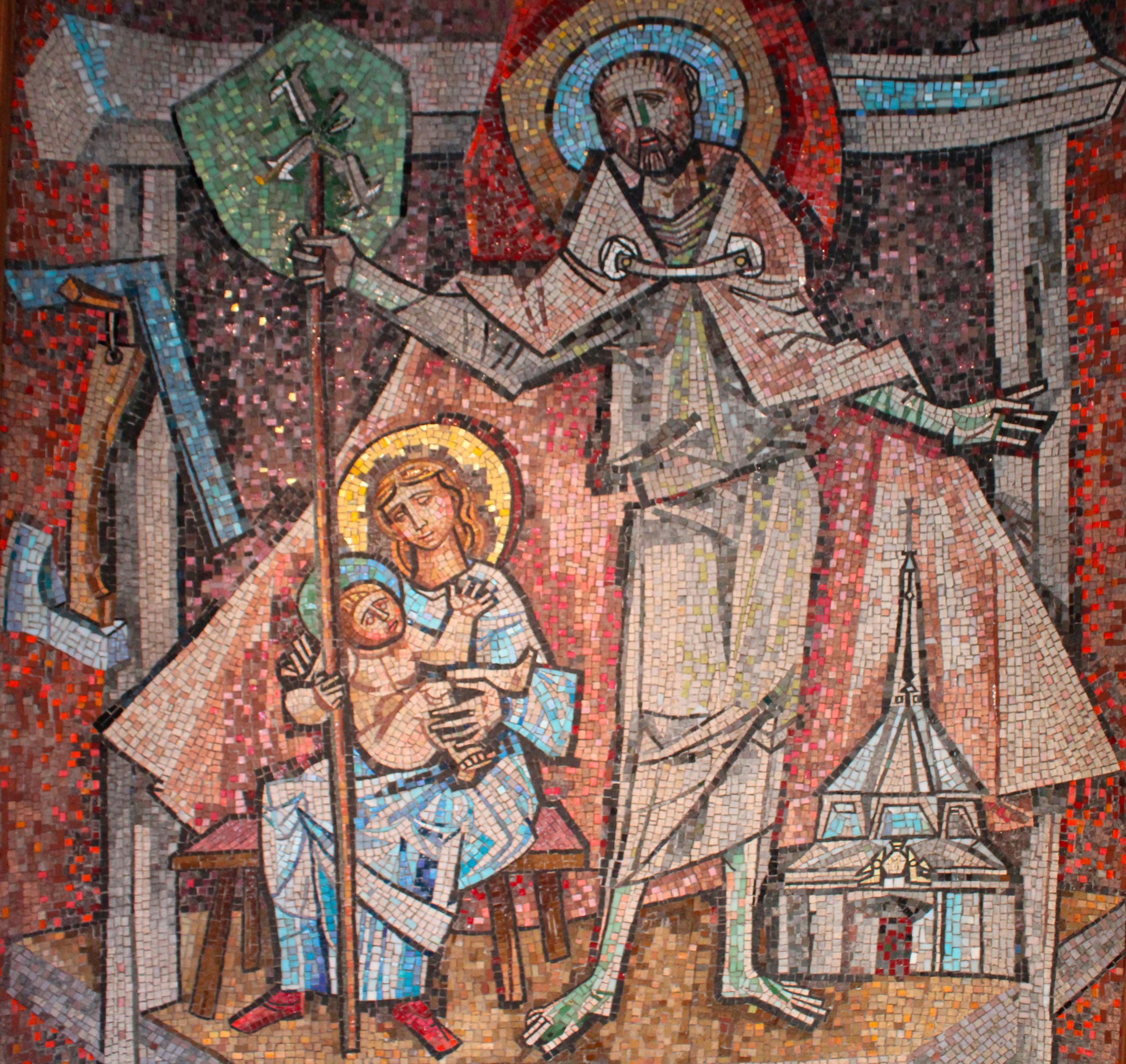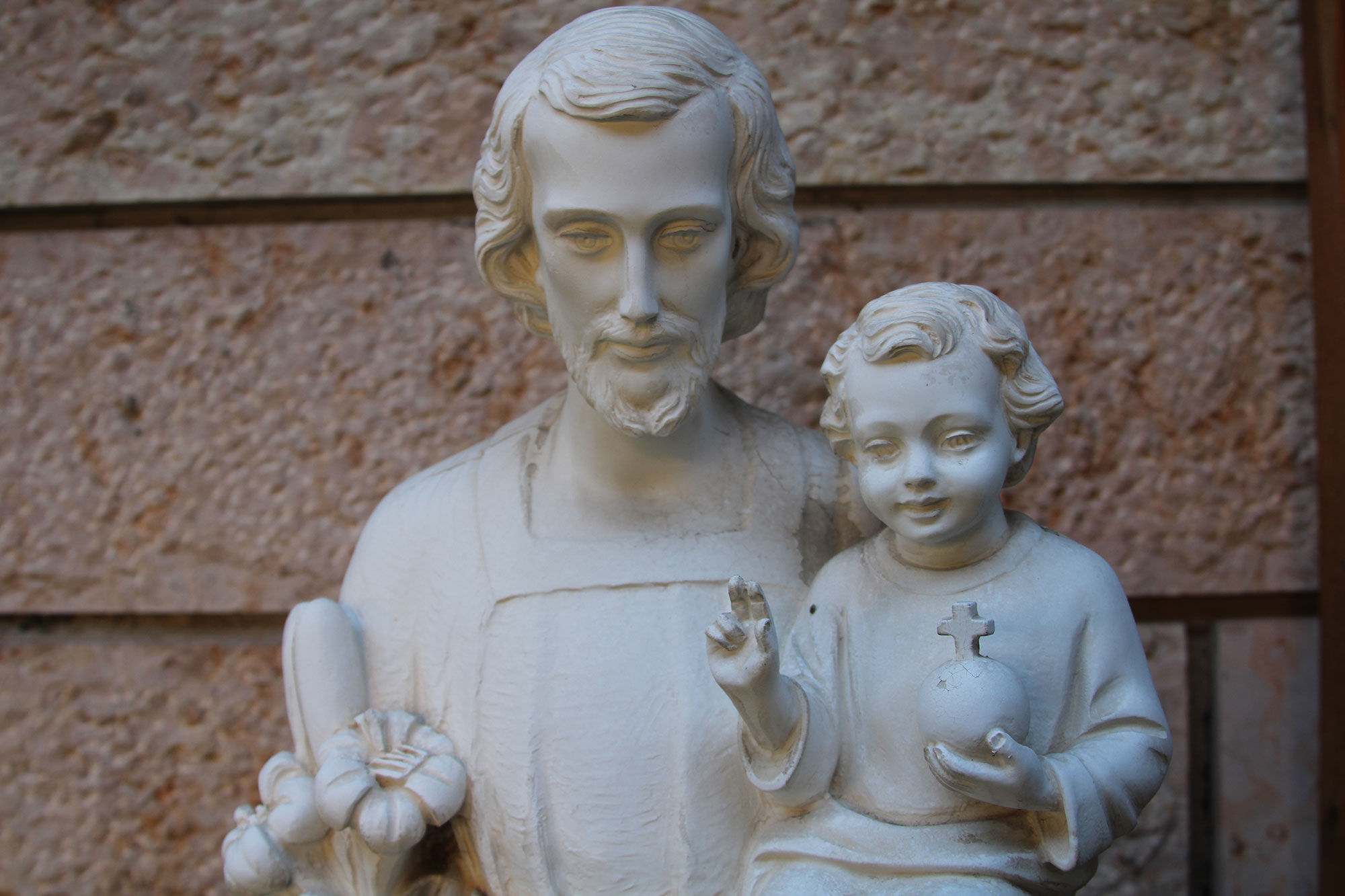
Feast of St. Joseph, Patron of the Institute
On March 19th, the Church celebrates the feast of St. Joseph, Patron of the Marist Institute. This pious tradition comes to us from Champagnat who bore the name “Joseph” from his baptism along with “Benedict” and “Marcellin”. The historical record of St Joseph as patron of the Institute is found in Marcellin’s spiritual testament proclaimed “in the presence of God and under the protection of the Blessed Virgin and of St Joseph” when Champagnat invites the Brothers: “To devotion to Mary join that of the glorious St Joseph her most worthy spouse; you know that he is one of our first patrons” (Life, 234). Marcellin’s recognition of and gratitude to St. Joseph was evident in his circular of 13th January 1839 when he wrote to the Brothers: “Who, after Mary, can better express all that we feel than St. Joseph, that great saint, that seraphic man” (Marcellin Champagnat, Circulaires des Supérieurs, vol. 1 (1939) 24). Champagnat, and with him the brothers, headed their letters with the names of Jesus, Joseph and Mary.
Marcellin’s devotion to St. Joseph
Marcellin himself honoured with devotion the person and holiness of the spouse of Mary and father of Jesus especially in the last days of his life. “With great fervour he observed the month of St. Joseph to pray for a good death. He recited the litanies of the holy spouse of Mary every day; and when at the end he could no longer do it himself, he wanted a brother to recite them at his bedside. On the feast day of this great saint, after having given the blessing with the Blessed Sacrament, he said that it was the last time he would give it on that day” (Life, 231). “As soon as he had to stay in bed, he had the images of Our Lord, the Blessed Virgin and St. Joseph placed on the walls of his room so that he could look at them and contemplate them at will, and give fuel to his piety and love for Jesus, Mary and Joseph, whose help he asked for and whose names he often invoked” (Life, 241). “Not satisfied with the ejaculatory prayers, he devoted himself with admirable punctuality and fervour to his exercises of piety. He responded clearly to the Rosary, which he asked to be recited at his side when he no longer had the strength to do it alone, as well as to the Litany of St. Joseph and other prayers which he wanted to be recited at every hour of the day” (Life, 241). “The intensity and violence of his sufferings did not prevent him from remaining united to God and continually repeating acts of love, of trust and conformity, of contrition, or brief invocations to the Blessed Virgin, to St. Joseph, to his Guardian Angel and to his patron saints” (Life, 253). “On Thursday, the fourth of June, the good Father had an ardent desire to receive Our Lord for the last time; and, remembering the words of the priest of St. Peter’s, he trusted that God would grant him this grace, which he asked fervently through the intercession of St. Joseph” (Life, 255). “He constantly looked at the pictures of Jesus, Mary and St. Joseph, and finding it impossible to pronounce their names, he greeted them with his hand, which they held out for him as he pointed to each of them” (Life, 255). “During the night, he continued his invocations: Jesus, Mary, Joseph! At about half past two, he said to the Brothers at his side: ‘Brothers, the lamp is going out’” (Life, 255).

